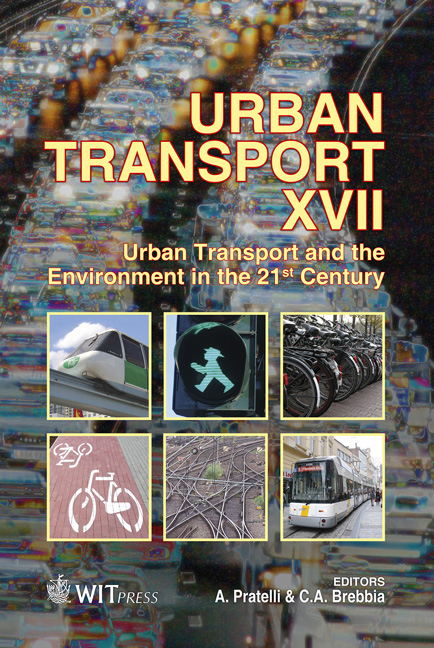Metro Systems In Europe: A Comparison Of The Copenhagen And Bucharest Metros
Price
Free (open access)
Transaction
Volume
116
Pages
11
Page Range
97 - 107
Published
2011
Size
3,616 kb
Paper DOI
10.2495/UT110091
Copyright
WIT Press
Author(s)
T. Holvad
Abstract
Across Europe a substantial number of metro systems have been constructed in major cities during the last three decades, e.g. Seville (2009) Duisburg (1992), Lille (1983) and Prague (1974). Metros offer large urban areas significant increases in the capacity of the public transport systems both in terms of quantity and quality but on the other hand require substantial capital costs. Therefore, careful consideration to the expected usage and benefits delivered of a metro system should be undertaken in order to ensure the economic feasibility. In this paper two metro systems will be examined: the Copenhagen Metro and the Bucharest Metro. The Copenhagen Metro was opened in 2002 and the Bucharest was opened in 1979. These two cases are interesting as they can highlight differences regarding metro systems in Eastern and Western Europe. Key information regarding both metros will be highlighted in terms of background to the decision of developing the metro systems, construction and financing arrangements, current operations and plans for future extensions. Further assessment regarding the integration of the metro within the overall public transport system will be given, incl. ticketing and information integration as well as the interchange facilities. Particular focus will be on the impacts of the metro systems in terms of patronage and modal shift effects as well as consideration to the possible wider economic implications. Keywords: passenger transportation, metro systems, European context, Copenhagen, Bucharest.
Keywords
passenger transportation, metro systems, European context, Copenhagen, Bucharest





